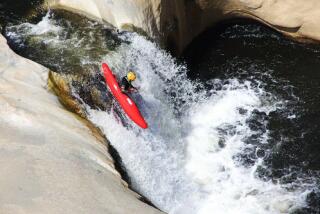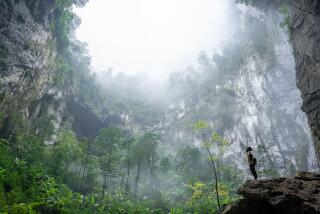‘The Rescue’ chronicles heroic extremes to help kids trapped in flooded cave
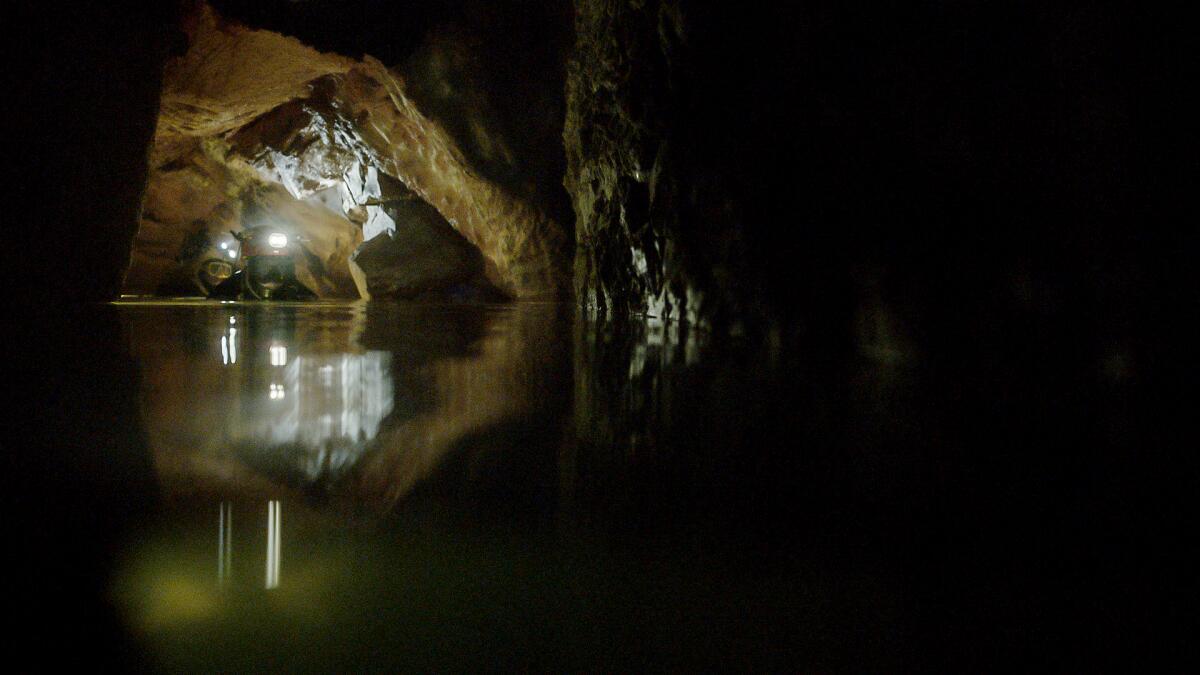
“The Rescue” plunges Elizabeth Chai Vasarhelyi and Jimmy Chin into new depths. The filmmakers, known for the Oscar-winning documentary “Free Solo,” which captured rock climber Alex Honnold’s successful quest to become the first to reach the top of El Capitan without ropes or harnesses, turned from that perilous 3,000-foot-high rock formation in Yosemite National Park to another heroic effort — this one deep within the ground.
The film, a theatrical release from National Geographic Documentary Films, chronicles the improbable mission to safely retrieve a dozen boys and their soccer coach who were trapped for two weeks more than a mile deep inside the Tham Luang cave system after it flooded.
The 2018 rescue became an international obsession, and then a sensation, when a crazy-quilt crew spearheaded by a pair of middle-aged British amateur cave divers — Rick Stanton and John Volanthen — pulled off an insanely risky, last-ditch plan to save the kids. This mission impossible united an international array of thousands that included the Thai Navy SEALs, the Royal Thai Army and American, Australian and Chinese diving teams, but the film zeroes in on its two amateur, self-deprecating, ragtag heroes, evoking the classic mode of death-or-glory underdog fables. It’s the “Seven Samurai” with oxygen tanks.
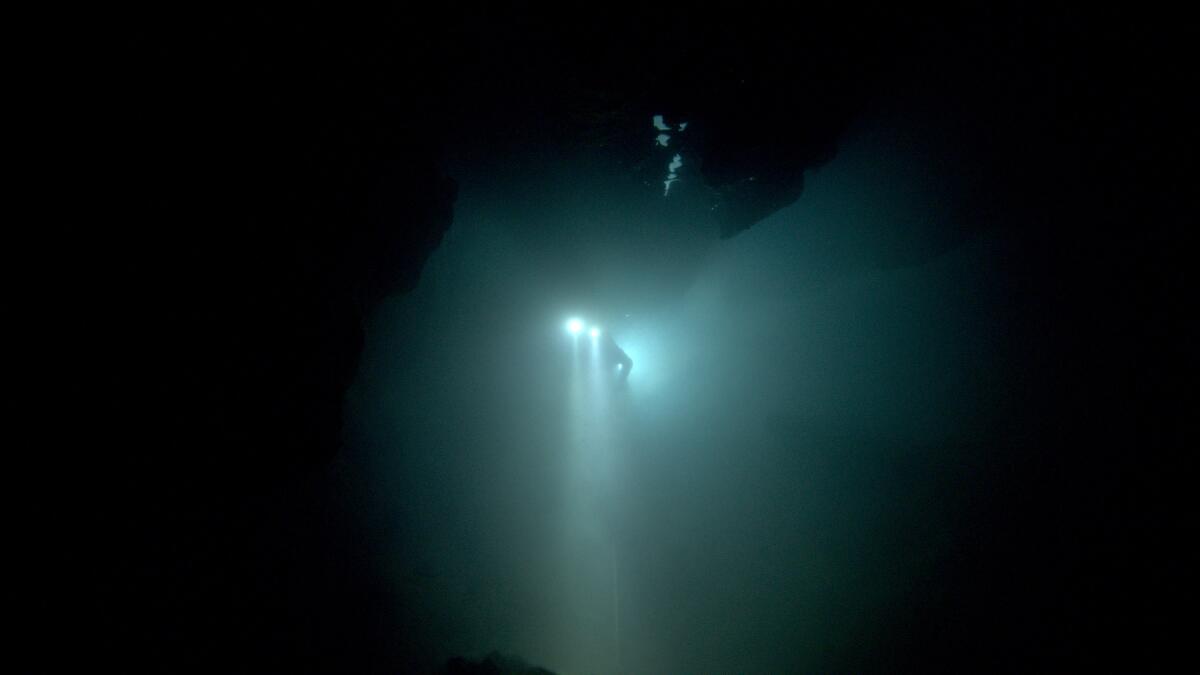
“They were preparing 40 years for this one moment where they could save 13 souls,” Vasarhelyi said. “They were outsiders, misfits in some way, who evolved,” added Chin, noting how the subjects’ personal histories gave snap to the story’s dynamic. “Rick spent his whole life avoiding children, and here he was risking everything to save these kids. You really get to understand who people are by the decisions they make when the stakes are that high.”
Vasarhelyi and Chin faced their own imposing mission in making the film. Rights to the children’s stories had been sold to Netflix for an upcoming limited series portraying the events, removing any access to the children themselves. And even though the SEALs had been equipped with cameras during their dives, their film was not made available until after an initial version of “The Rescue” was already finished.
Vasarhelyi recalled advice from her mentor, Chicago documentarian Steve James (“Hoop Dreams”). “It was a revelation when he once said to me, ‘Well, documentaries are made on their challenges, because you have to figure your way around them.’ This was a great example of that. It was a really important story with the ups and downs and great humanity. But there was a fundamental problem where there was no footage. And we had to find some way around it. And it turned out we had to find some way around it during the pandemic. I look at it very much like this jigsaw puzzle where, come hell or high water, we had to figure out.”
Because events were splashed across global media, it was easy to think that “tons of footage” existed, said Bob Eisenhardt, the film’s editor. “Well, there really wasn’t.” As he explained, the press was kept at an increasing remove from the ongoing situation, and what coverage there was existed in bits and pieces, supplementing reporter commentary. “It was very hard to gather, even from network sources, things that could actually paint a picture of a moment or a scene.”
The filmmakers came up with alternatives. An underwater tank at Pinewood Studios, outside of London, was rigged so the divers could re-create specific sequences from the rescue effort. The men had pinpoint recollection. “We just had to give them space to do what they do,” Chin said.
Luck also helped. At Pinewood, the filmmakers happened upon a chunk of cave left over from a Michael Bay production, which supplemented a 3D scan of the actual cave system. “It tripled our cave,” said Vasarhelyi, who also found creative inspiration on the grocery shelf. “You know how you muddy water in a tank? Ground broccoli.”
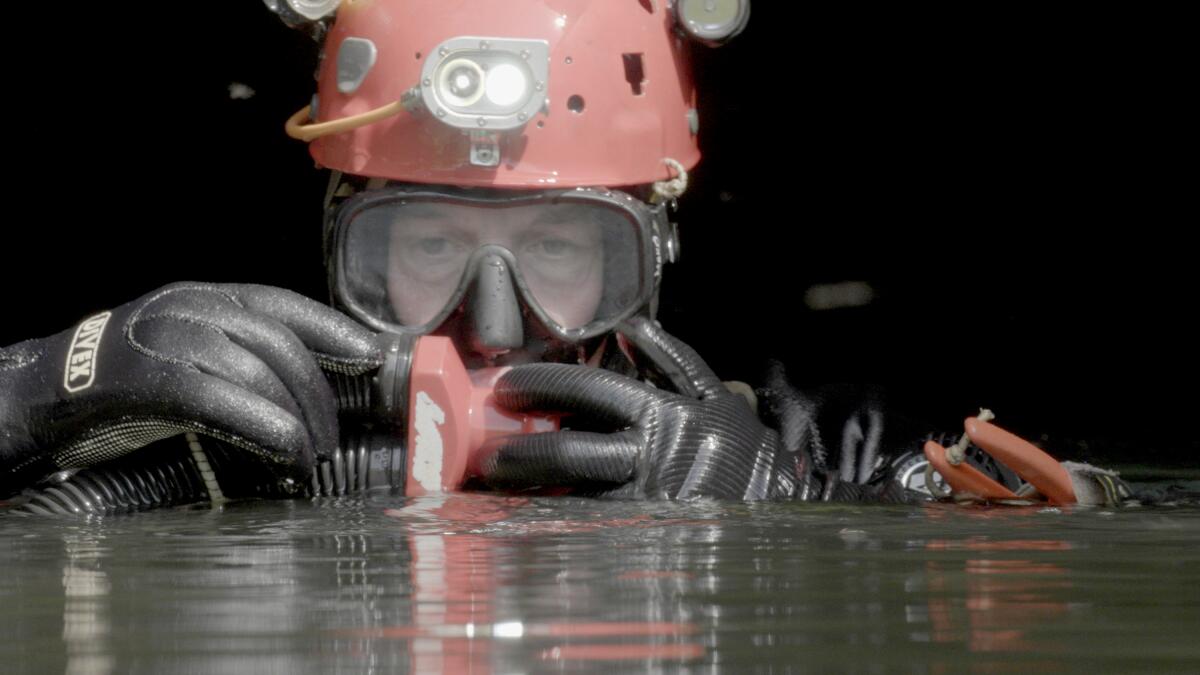
Such resourcefulness served Vasarhelyi well when she finally flew to Thailand to negotiate in person with Royal Thai Navy SEAL commander Rear Adm. Arpakorn Youkongkaew to release some 87 hours of footage shot by the SEALs during the rescue operation.
Before their meeting, Vasarhelyi took a deep breath and walked the entire length of the cave system. “I mean, this is the best press story: Filmmaker gets stuck in cave, divers have to come back,” she said, laughing. Even though she was terrified the whole way, Vasarhelyi’s underground hike seemed to seal the deal once word got around. The commander’s former journalist wife, Sasivimon Youkongkaew, whose idea it was to equip the SEALs with GoPro cameras, flew to New York to hand-deliver the footage.
“It was your documentary nightmare and miracle,” said Vasarhelyi, thrilled for all the essential moments the video trove contained, all the small details that give the story its immediacy — like the motivational cheer that Volanthen leads the children in at their first encounter — as well as perspectives on its full human scope.
“It took a full 10 days just to get through it,” recalled Eisenhardt, whose credits as an editor reach back more than 40 years. Two months later, 15 minutes and 40 seconds of the new footage had been woven into the existing film, literally illuminating the life-or-death excursions inside the waterlogged cave. Eisenhardt, who also edited Vasarhelyi and Chin’s previous “Free Solo” and “Meru,” smiled. “It made for probably the most difficult finish I’ve ever done on a film.”
More to Read
From the Oscars to the Emmys.
Get the Envelope newsletter for exclusive awards season coverage, behind-the-scenes stories from the Envelope podcast and columnist Glenn Whipp’s must-read analysis.
You may occasionally receive promotional content from the Los Angeles Times.
